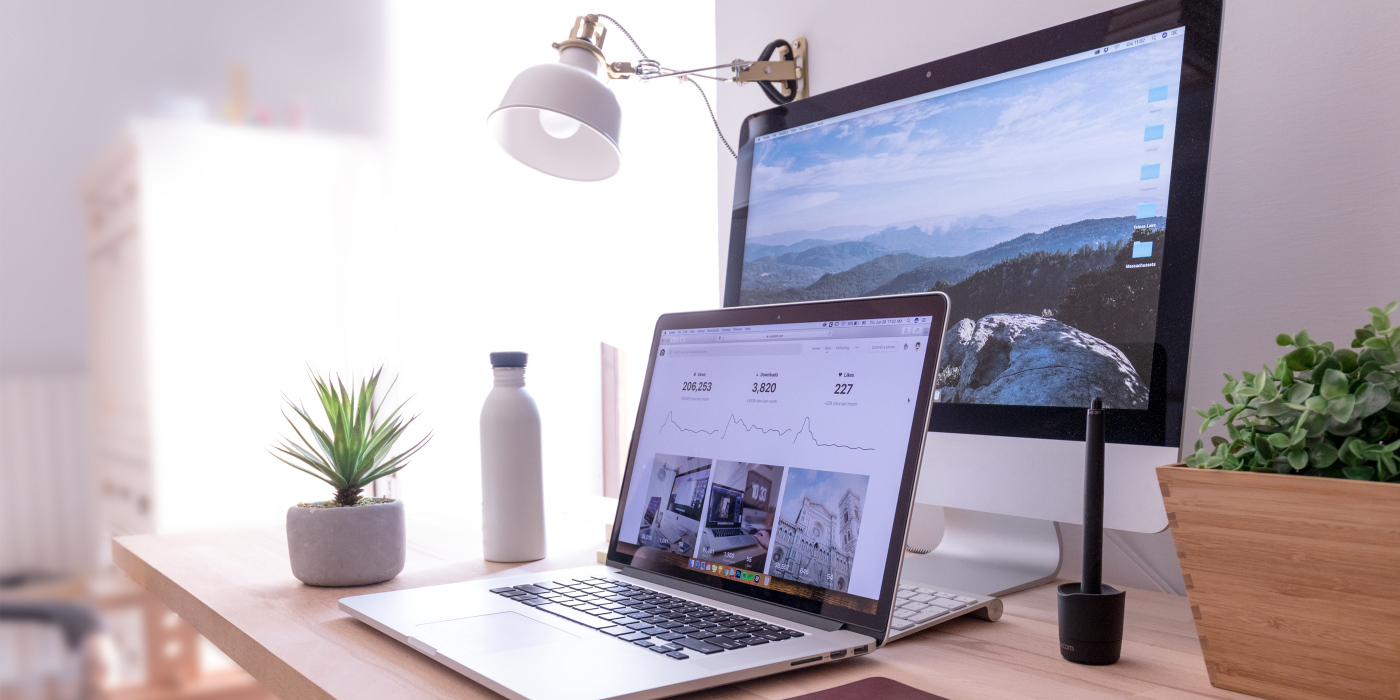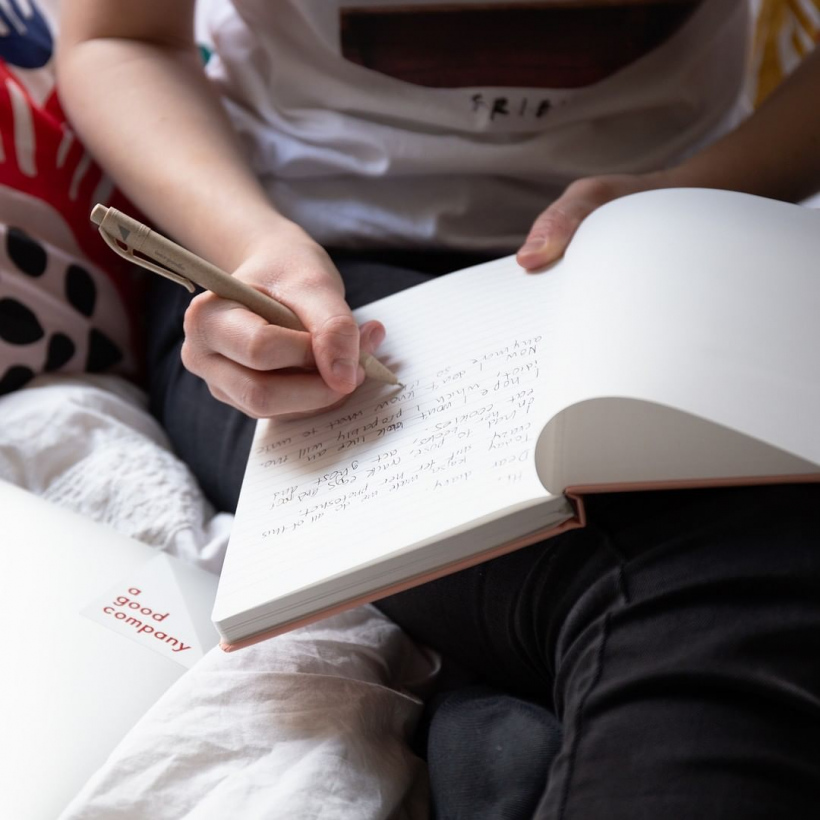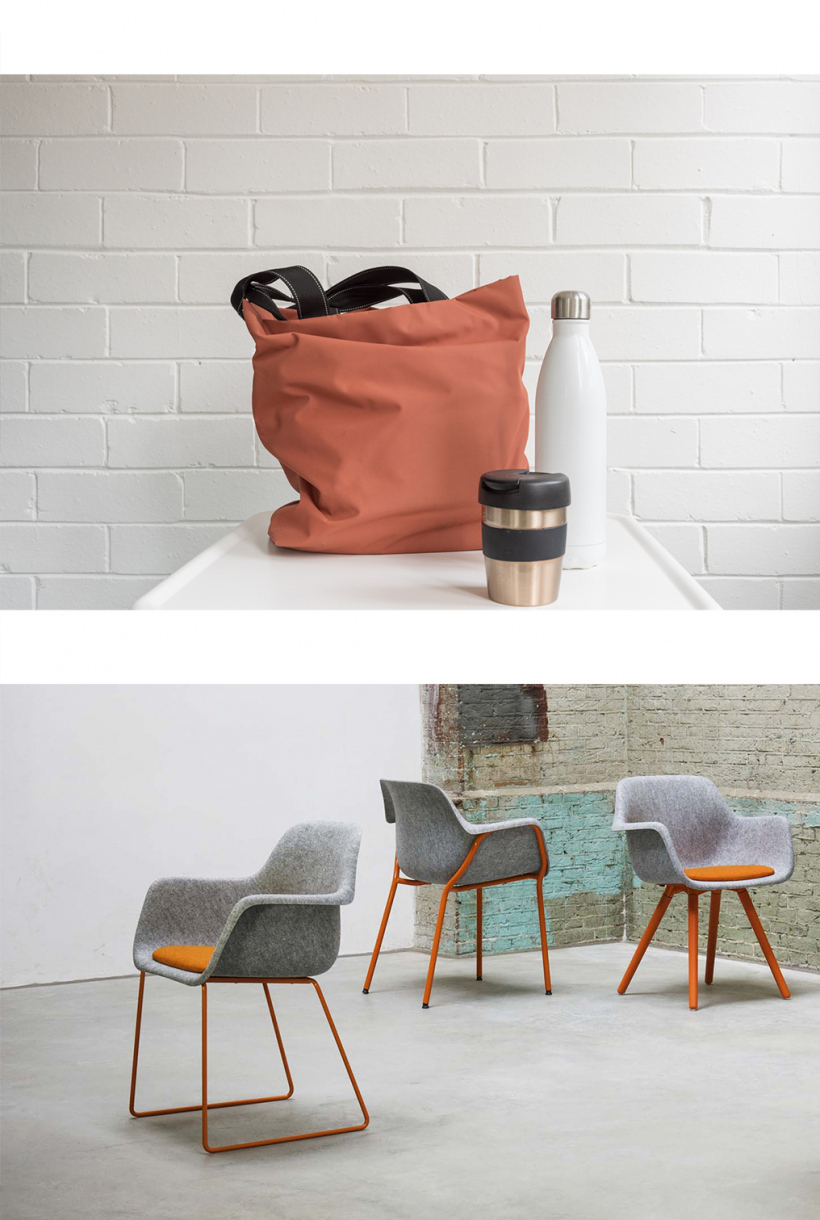1) Pave the way for stone paper
Paper. We use it a lot...more than we need to actually. Sometimes, many litres of water and fuel have gone into making the A4 sheet in our hands and it doesn’t even cross our minds. And that’s without even mentioning the trees used to make it: did you know that
500,000 trees are needed to print the Sunday editions of all the US newspapers, each week?
Recycled paper is a good compromise for the environment, but there is another type, which
doesn’t break, crease and
isn’t ruined when it comes into contact with water. It’s called
stone paper. Yeah, you read that correctly: stone paper. The waste left over when processing marble is taken, mixed with a small percentage of recycled plastic and voilà! Plain old sheets of white paper are created. 0 litres of water are needed to manufacture it, 0 trees are chopped down and 0 chemical solvents are used—stone paper is very strong and water-repellent.
With stone paper, the old saying
written words remain is absolutely true.
2) Soya made into ink
Yes, we can make more than just veggie burgers, tofu and sauce for sashimi with soya. It’s also used to make a
convenient and
highly recyclable ink (due to its intense colour, you only need to use a small amount), two characteristics that make it perfect for
new pens on your desk and newspaper printing. In actual fact, the majority of daily newspapers that you read are printed with this ink, which, despite the fact it’s made from soya, is not edible: the oil from the beans is mixed with pigments and resins. So use it for writing, not culinary experiments.



